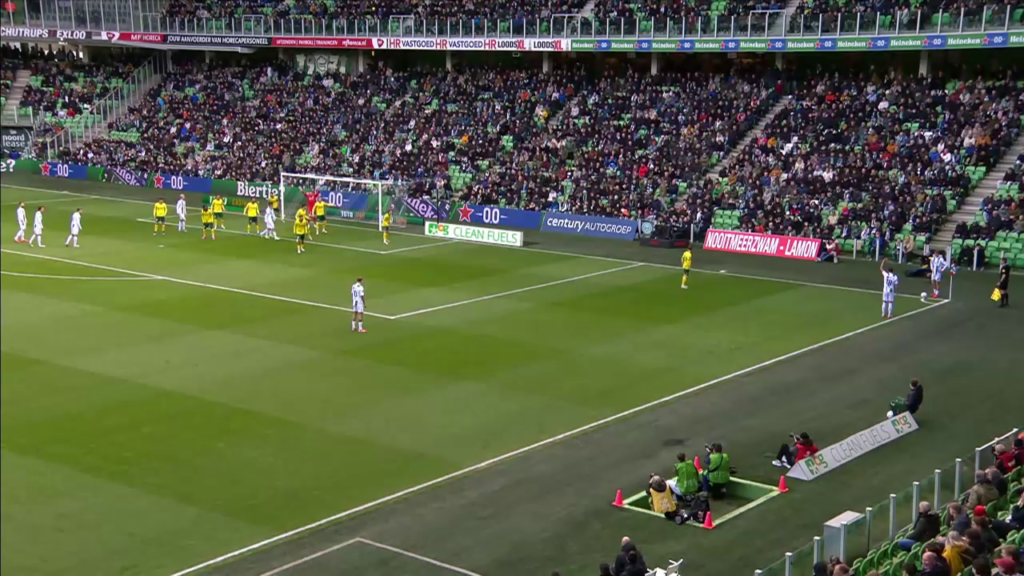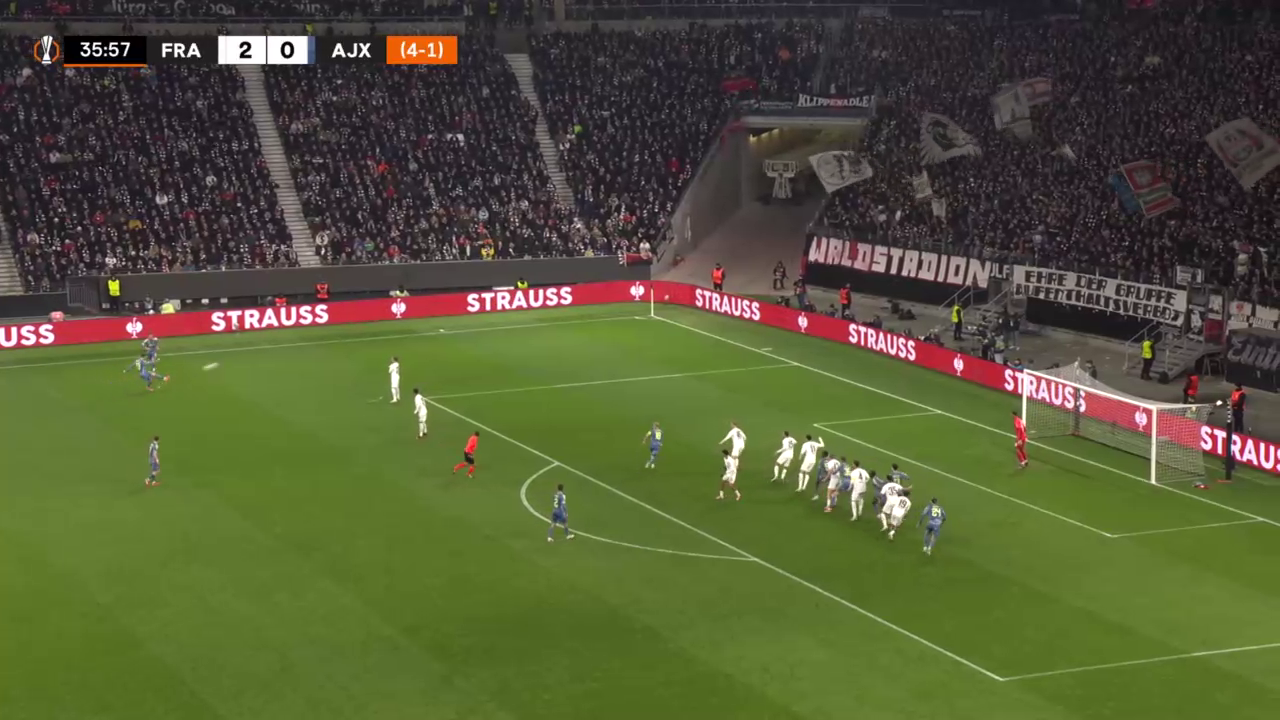Corner kicks are a golden opportunity to score, but many teams take them in a predictable way. Do you really want to make a difference? Then you need to vary your approach and surprise the defense! In this blog, we discuss five unexpected corner kick variations that can break down defenders.

The Short Corner with Overlap
Many teams expect a direct cross, but a short corner can create chaos. Here, the corner taker plays the ball short to a teammate, who then makes an overlapping run and delivers a more precise cross or pass.
Execution:
- The corner taker plays the ball short to a nearby teammate
- This player holds the ball to lure defenders forward before passing to an overlapping teammate
- The overlapping player can now deliver a sharp cross, a low pass, or even take a shot themselves
Why does it work?
It forces defenders out of position, creating space in the penalty area.
It offers a better angle for a sharp cross or a shot from the edge of the box.
Defensive structures are disrupted, causing confusion and less organized marking.
The ‘Late Runner’ in the Second Line
Instead of crossing directly into the box, a low ball played back towards the edge of the penalty area can be a dangerous option. Here, a ‘late runner’ arrives unmarked to strike the ball cleanly.
Execution:
- The corner kick is deliberately played low, away from aerial battles, towards an incoming player
- A midfielder or attacker starts their run from outside the penalty area just before the ball is played
- They arrive at full speed and strike the ball directly at goal
Why does it work?
- Defenders focus on aerial duels and often neglect the second line
- A well-timed shot from distance can be a big surprise for the goalkeeper
- The speed and accuracy of this play make it hard to defend
A key element in this variation is drawing defenders towards the goal by making runs, while also blocking markers to create a free shooting opportunity for the target player.
The ‘Block and Free Runner’ Tactic
In this variation, specific players are used to block defenders and create space for a free header. One attacker moves behind a teammate, who subtly blocks the defender without committing a foul.
Execution:
- Two attackers position themselves close together inside the box
- As the corner is taken, one player subtly obstructs the defender’s movement
- The other player makes a sharp run into the space created and gets a free header
Why does it work?
- Defenders lose track of their direct opponents and react too late
- A free header inside the penalty area is extremely dangerous
The movement causes the defense to lose its organization
The Far-Post Corner Kick
Many teams aim for the near post, but a well-placed ball to the far post can be deadly. A player positioned there can head the ball back into the center for an incoming teammate to finish.
Execution:
- The corner taker plays the ball deep to the far post
- A strong aerial player waits there to head the ball back into the danger zone, or takes a header towards the goal
- Incoming teammates rush in to finish the loose ball
Why does it work?
- Goalkeepers and defenders often focus on the ball towards the near post and struggle to react to deep balls
- A headed ball back into the center creates panic in the defense
- The ball stays longer in the ‘danger area,’ increasing the chances of scoring
The Low and Fast-Played Corner Kick
Instead of a high cross, a fast and low-driven ball toward the near post can be highly effective. This requires a sharp run from an attacker to redirect the ball towards the goal in one touch, or play the ball back to a player on the edge of the box.
Execution:
- The ball is played low and with speed toward the near post
- A player makes a well-timed run from the center to the near post
- They use the inside of their foot to redirect the ball toward goal, often in a single touch
Why does it work?
- The speed of the ball and the attacker’s movement make it difficult for the goalkeeper to react
- The defense usually expects a high cross and is caught off guard
This technique is especially effective on wet pitches, where the ball moves faster and is harder to stop
Corner Kicks as a Weapon
A good corner kick doesn’t always have to be lofted into the box. By incorporating variation and clever tactics, you can catch the defense off guard and increase your goal-scoring chances. Try out these five variations and turn your corner kicks into a real weapon!

0 reacties